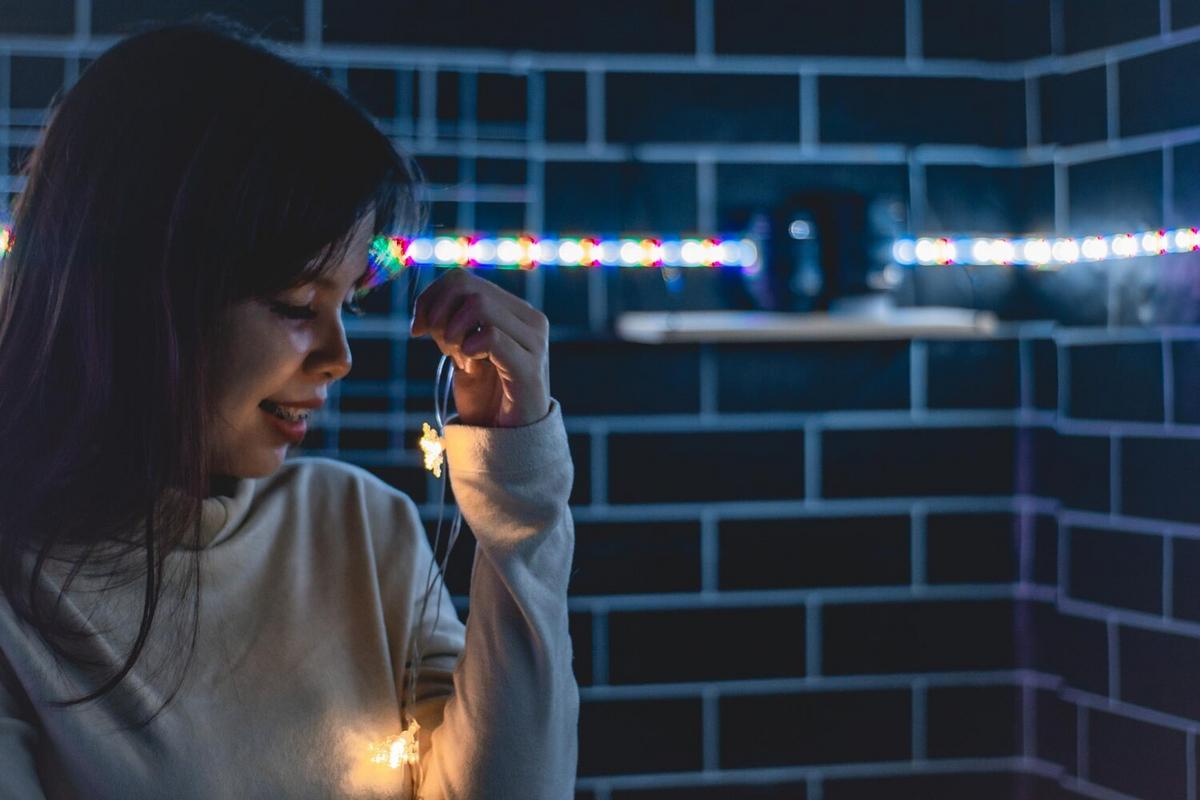
Smart Lighting Solutions for a Digital Home
Imagine transforming your living space with just a tap on your smartphone, setting the perfect ambiance for any occasion. Smart lighting solutions are redefining how we illuminate our homes, offering flexibility, energy efficiency, and personalization tailored to our digital lifestyles.
Smart lighting is rapidly becoming a cornerstone of the modern digital home, seamlessly integrating with other smart devices to enhance convenience and comfort. With the increasing adoption of smart technology, homeowners are looking for ways to streamline their daily routines while adding a touch of innovation to their living spaces.
The Rise of Smart Lighting
According to a report by Statista, the smart home market is expected to grow significantly, with lighting solutions playing a pivotal role. Smart bulbs, switches, and sensors are some of the popular choices among users who want a more energy-efficient and intuitive way to control their home lighting.
Benefits of Smart Lighting
- Energy Efficiency: Smart lighting can significantly reduce energy consumption. According to the U.S. Department of Energy, LED bulbs use at least 75% less energy and last 25 times longer than incandescent lighting.
- Convenience: Control your lights remotely or set schedules via mobile apps to automate your lighting preferences.
- Customization: Adjust the brightness and color temperature to suit different moods and times of day.
Expert Insights
Lighting expert Mark Johnson from the Lighting Research Center explains, “Smart lighting not only saves energy but also improves the quality of life by providing lighting that can be adjusted to the needs of the people and activities in the home.”
Personal Experience
Take, for instance, Emily, a busy professional who uses smart lighting to help her unwind after a long day at work. With a simple voice command, she dims her living room lights and sets them to a warm hue, creating a relaxing environment perfect for reading or watching TV.
Actionable Tips for Implementing Smart Lighting
- Start with a smart bulb in a frequently used room to test its functionality and benefits.
- Consider smart switches for rooms with multiple light fixtures, allowing for central control without replacing every bulb.
- Integrate motion sensors in areas like hallways or bathrooms for automatic light activation.
- Explore voice-activated assistants to enhance convenience, especially when your hands are full.
| Feature | Smart Bulbs | Smart Switches | Smart Sensors |
|---|---|---|---|
| Energy Efficiency | High | Medium | High |
| Installation | Easy | Moderate | Easy |
| Control | App/Voice | Switch/App | Automatic |
| Cost | Low to Medium | Medium | Low |
| Customization | High | Medium | Low |
| Compatibility | High | High | Medium |
| Longevity | High | High | High |
| Scalability | High | High | Medium |
Frequently Asked Questions
Are smart lights compatible with all types of light fixtures?
Most smart bulbs are compatible with standard light fixtures. However, for specialized fixtures, you may need adapters or smart switches.
Can I control smart lighting when I’m not at home?
Yes, most smart lighting systems can be controlled remotely via smartphone apps.
Do smart lights work during a power outage?
Smart lights require power to function, so they won’t work during an outage unless connected to a backup power source.
In summary, smart lighting solutions offer a blend of convenience, efficiency, and customization, making them an attractive addition to any digital home. By understanding the various options and features available, you can create a lighting system that enhances your lifestyle and evolves with your needs. Start exploring smart lighting today and transform your home into a space that’s not only illuminated but also intelligent.